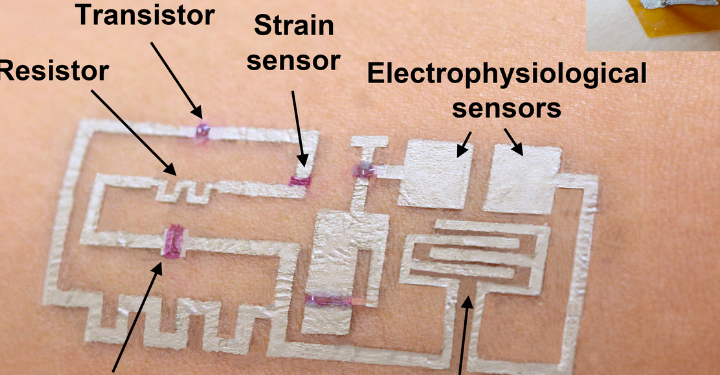Houston’s research team invented a special ink to draw sensors directly on the skin with very high signal accuracy and adaptability
Wearable medical devices allow easy remote monitoring of patient parameters. Heart rate, temperature and sweat values, among many others, are a direct indication of a person’s state of health. The problem is that the accuracy of the sensors is often not high enough, especially in the case of adhesive skin sensors. The elasticity of the fabric deforms the sensor and creates a background noise in the signal, reducing the quality of the data transmitted.
A research team at the University of Houston, led by professor of mechanical engineering Cunjiang Yu, invented a new type of sensors that are created directly on the skin. The results of the research were published in the journal Nature Communications. The sensor is built directly on the patient’s skin using special pens and inks. The ink, containing a conductor, a semiconductor and a dielectric, comes out liquid but dries quickly, just like a normal pen.
The resulting sensor is not affected by motion and provides very precise signals and data. The ease of application makes it perfect for medical reversals in emergency situations, such as during an environmental disaster or a war camp. The new technology is also very flexible and adapts to many different needs. The possibility to design the sensor allows you to customize it and collect specific information. The simplicity and low cost bodes well for its development and use in the not too distant future.

































